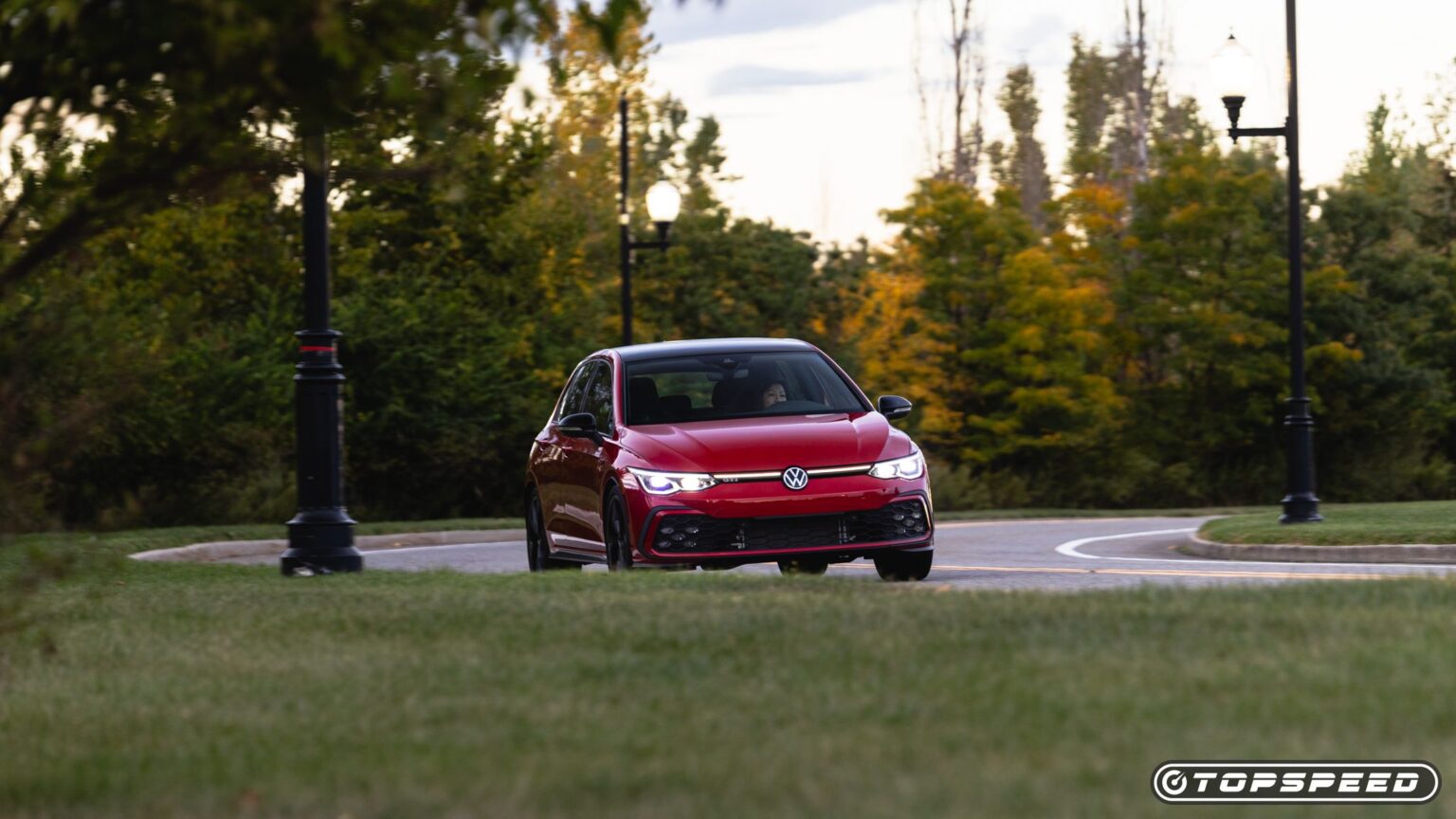The next-generation, Mark IX Volkswagen Golf is reportedly on the way by 2028 and, because it’s slated to get an all-electric ID version along with a conventional ICE variant, AutoCar in the U.K. reports that the EV could receive in-car software developed by Rivian. The two automakers formed a joint-venture back in 2024, where the Volkswagen Group invested almost $6 billion in the automaker, to co-develop new car-based software architecture.
This new software will supposedly use Rivian’s current framework as the starting point, based on software already found in the current R1T pickup truck and R1S SUV. It’ll then be developed for use in the ID. Golf, enabling better performance regarding over-the-air updates and even wireless hardware setting adjustments.
The New Rivian-Based Software Employs “Zonal Architecture”
Although the next-gen ID. Golf won’t be the first to get the new software, VW reportedly said the production version of the base ID Every1 city car will be spearheading its launch, with the Golf following after. The biggest highlight of the new tech, however, is its structuring.
“The ID 1 will be the very first vehicle with that architecture and will be the frontrunner on our side for the ID Golf,” Volkswagen’s technical head, Kai Grünitz. “This reduces the risk for the Golf, because we will start with lower functionality in the ID Every1 than will be necessary for the ID Golf.”
Grünitz describes the software architecture as “zonal,” which apparently integrates all the car’s software into a smaller number of electronic control units, reducing complexity. Currently, cars today of all kinds utilize a very large number of control units to manage various in-car functions, ranging from convenience features such as power locks and windows, to even the power- and drivetrain components. The result is an overwhelming amount of complexity from the high-level of separation of each system.
Volkswagen-Rivian’s new software helps to minimize this complexity.
“The benefit of the zonal architecture is that I can put one, two, or three zones in a vehicle,” Grünitz continued describing. “Vehicles in lower price segments will just need one zone, while a premium vehicle might need three or four, depending on functions. The benefit of this new software and architecture is that it’s highly flexible and highly updatable. We see it already on the road with Rivian today. I can offer new functions to customers even after they have bought their car without touching them. So this is really the next step.”
The New ID. Golf Will Benefit From 800-Volt Architecture
To support its future electric drive, battery, and even this new Rivian-based software tech, the new ID. Golf will reportedly benefit from Volkswagen’s latest 800-volt electrical architecture. It’s a result of being engineered on the company’s new SSP platform, which will enable better driving range and quicker charging capabilities.
Word has it that the new platform and tech will even boost the ID. Golf’s semi-autonomous driving functions. It also leaves the potential for some high-performance electrified versions of the GTI and Golf R.
Speaking of battery tech, the new ID. Golf will get VW’s new unified battery pack, which the company’s developing to fit in nearly all of its future electric cars. The new battery pack apparently features a new “cell-to-pack” design, allowing for more cells to be integrated into the pack itself, allowing for greater power density, capacity, and even efficiency. Volkswagen is developing the new unit entirely in-house with plans to produce it internally without any external help.
Read the full article here


